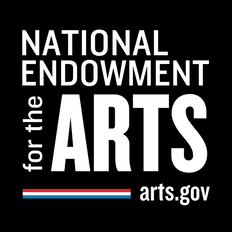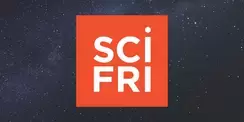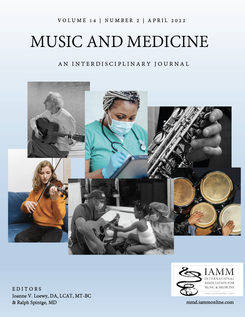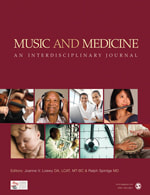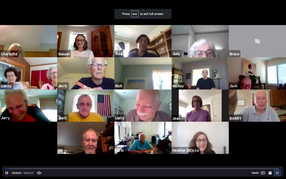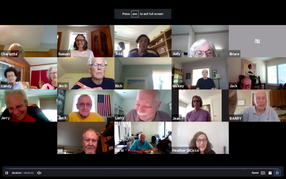
Over the 2020-2021 year, we pivoted from designing in-person music classes to designing virtual music classes due to the COVID-19 pandemic. Working closely with the BriTE program, who began delivering its program via Zoom, and the University of Pittsburgh, we designed an intergenerational music program that was delivered by teenage musicians to older adults with changing cognition.
In the fall of 2020, we collaborated with BriTE's music instructor, Heather DiCicco, to discuss how she developed successful music programming and delivered it via Zoom. We designed a multi-faceted music program that included 1) arranging a song that the participants preferred and performing it, 2) introducing a musical concept from the song and 3) designing an interactive activity that allows the older adults to participate in the music-making. Carnegie Mellon music students and research assistants Diana McLaughlin, Shaun Murray, and Savannah Schaumburg piloted the program and offered feedback on data collection materials. They worked closely with University of Pittsburgh student Kyle Chang to revise the music program for teenage musicians. Our paper about the program development was published in Music and Medicine.
In the spring of 2021, we piloted the program with four teenage musicians from across the country, ranging in age from 12- to 17-years old. They each joined the BriTE program as guest artists three times, and did interviews with the research team confirm if they felt if the music program was feasible, what they learned, and any additional supports we could give them. Our paper on Unmute's feasibility was published in The Journal of Intergenerational Relationships.
In 2022, we received a National Endowment for the Arts Research Grants in the Arts grant to continue studying the potential effects of Project Unmute. Stay tuned for updates on the research we conducted.
In the fall of 2020, we collaborated with BriTE's music instructor, Heather DiCicco, to discuss how she developed successful music programming and delivered it via Zoom. We designed a multi-faceted music program that included 1) arranging a song that the participants preferred and performing it, 2) introducing a musical concept from the song and 3) designing an interactive activity that allows the older adults to participate in the music-making. Carnegie Mellon music students and research assistants Diana McLaughlin, Shaun Murray, and Savannah Schaumburg piloted the program and offered feedback on data collection materials. They worked closely with University of Pittsburgh student Kyle Chang to revise the music program for teenage musicians. Our paper about the program development was published in Music and Medicine.
In the spring of 2021, we piloted the program with four teenage musicians from across the country, ranging in age from 12- to 17-years old. They each joined the BriTE program as guest artists three times, and did interviews with the research team confirm if they felt if the music program was feasible, what they learned, and any additional supports we could give them. Our paper on Unmute's feasibility was published in The Journal of Intergenerational Relationships.
In 2022, we received a National Endowment for the Arts Research Grants in the Arts grant to continue studying the potential effects of Project Unmute. Stay tuned for updates on the research we conducted.
